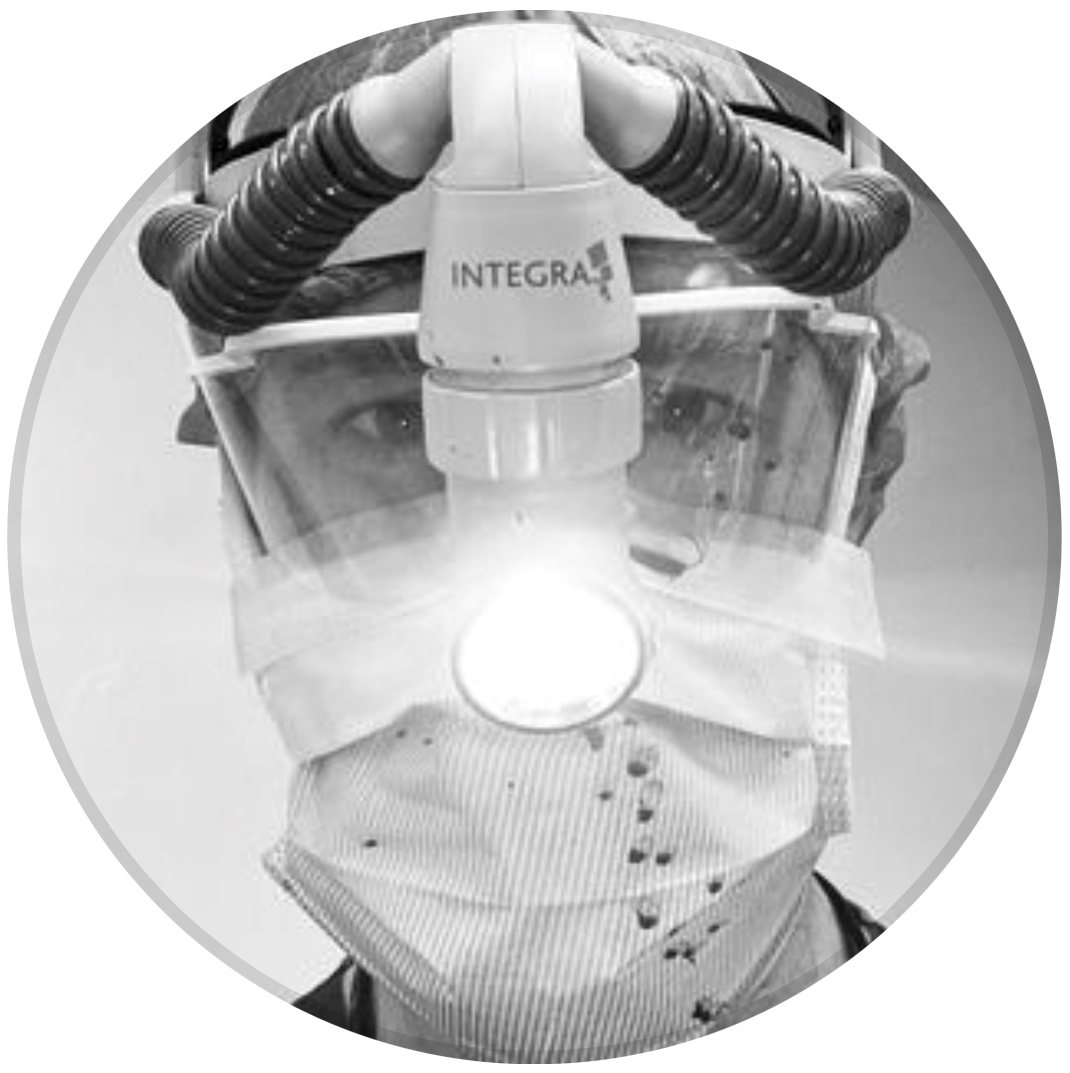Complex Associated Both Column Acetabular Fracture Requiring Dual Approach
Score and Comment on this Case
Clinical Details
Clinical and radiological findings: A patient presented with an associated both column acetabular fracture, characterized by a significant posterior wall/dome fragment and a segmental posterior column that was not clearly visible on CT imaging. The complexity of the fracture necessitated both anterior and posterior surgical approaches for adequate reduction and fixation.
Preoperative Plan
Planning remarks: The preoperative plan involved an initial anterior approach using the ilioinguinal technique. The surgical strategy included accessing the iliac wing through the lateral window, utilizing the keystone fragment to align the anterior column, and clamping the anterior column at the pelvic brim through the middle window or Stoppa approach. The anterior column was to be plated with care to avoid crossing fixation into the posterior column or wall fragments.
Surgical Discussion
Patient positioning: The patient was initially positioned supine for the anterior approach.
Anatomical surgical approach: The ilioinguinal approach was employed, beginning with exposure of the iliac wing via the lateral window. The anterior column was accessed and manipulated through the middle window or Stoppa approach, allowing for reduction and fixation without interference with posterior elements.
Operative remarks:Following the anterior approach, intraoperative reassessment with anesthesia was conducted to evaluate blood loss, resuscitation status, and operative time. Upon satisfactory assessment, the patient was repositioned prone for a posterior approach using the Kocher-Langenbeck technique. The Jungbluth and goose-neck retractors facilitated exposure of the segmental posterior column and wall. The posterior wall was buttressed, and a second plate was applied to reinforce the posterior column.
Postoperative protocol: Postoperatively, a rehabilitation protocol was initiated with non-weight bearing on the affected side for 6 weeks, followed by gradual weight-bearing as tolerated. Range of motion exercises were encouraged early to prevent joint stiffness.
Follow up: Not specified.
Orthopaedic implants used: Anterior column plate, posterior column plate.
Search for Related Literature

orthopaedic_trauma
- United States , Seattle
- Area of Specialty - General Trauma
- Position - Specialist Consultant

Industry Sponsership
contact us for advertising opportunities
__._._.__ortho(.jpg)
__._._.__orth_1.jpg)
__._._.__orth_2.jpg)
__._._.__orth_3.jpg)
__._._.__orth_7.jpg)
__._._.__orth_4.jpg)
__._._.__orth_5.jpg)
__._._.__orth_6.jpg)
__._._.__orth_8.jpg)
__._._.__orth_9.jpg)
. ._._._This one(.jpg)
. ._._._This on_1.jpg)
. ._._._This on_2.jpg)
Article viewed 149 times
21 Jul 2025
Add to Bookmarks
Full Citation
Cite this article:
Surname, Initial. (2025). Complex Associated Both Column Acetabular Fracture Requiring Dual Approach. Journal of Orthopaedic Surgery and Traumatology. Case Report 4569935 Published Online Jul 21 2025.